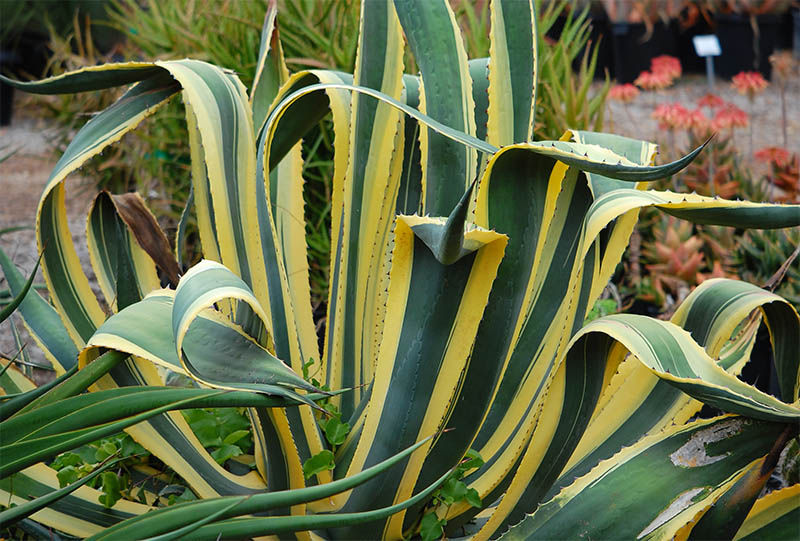Aeonium (Crassulaceae)
- garden-design-online
- Jun 28, 2020
- 2 min read
The name derives from the Greek «immortal» aiónios. It is, in fact, a genus similar to the genus Sempervivum of which it recalls the rosette arrangement of the leaves, although the A. is caulescent. Almost all of them are from the Canary Islands, except for some African form;

Cultivated species of Aeonium:
A. arboreum, thick and succulent stem of more than a meter in height, crowned by a large rosette of green and spatulate leaves, flowers in long racemes, yellow-gold; the var. atropurpureum has almost purpureous bronze red leaves; A. decorum (sin cooperi, very branched bush, each twig with a terminal rosette of small leaves that take on the sun a bronze color, white flowers streaked with pink; A. haworthii, bushy plant with lignified twigs with rosettes of fleshy leaves, obovate-acute, ciliate, from the red margin, pale-yellow flowers; Aeonium lindleyi, branched shrub with rosettes of small leaves, carenate, slightly viscous and tomentose, olive-green, yellow flowers; A. tabulaeforme, low, with large rosette flat small leaves embedded in each other, closely imbricate and ciliate, yellow flowers, in nature it grows almost vertical out of the crevasses of the rocks that provide it with partial shading.
Cultivation:
like all succulents, the A. prefer very permeable and sandy soils; the sunny positions favor the thickening and compactness of the rosettes of leaves and the liveliness of the colors. Semirusics in temperate climates, these plants would require a minimum of 5 ° C, but also withstand lower temperatures provided they are sheltered from freezing. Multiplication normally occurs by stem or leaf cuttings, provided the cuttings are kept almost dry. They can also be reproduced by seed to be laid on the surface without burial, on fine and sandy soil, in spring.



Comments